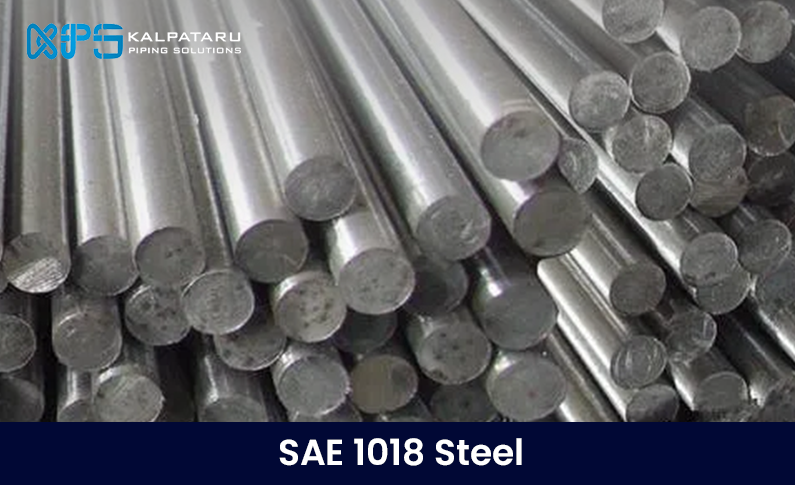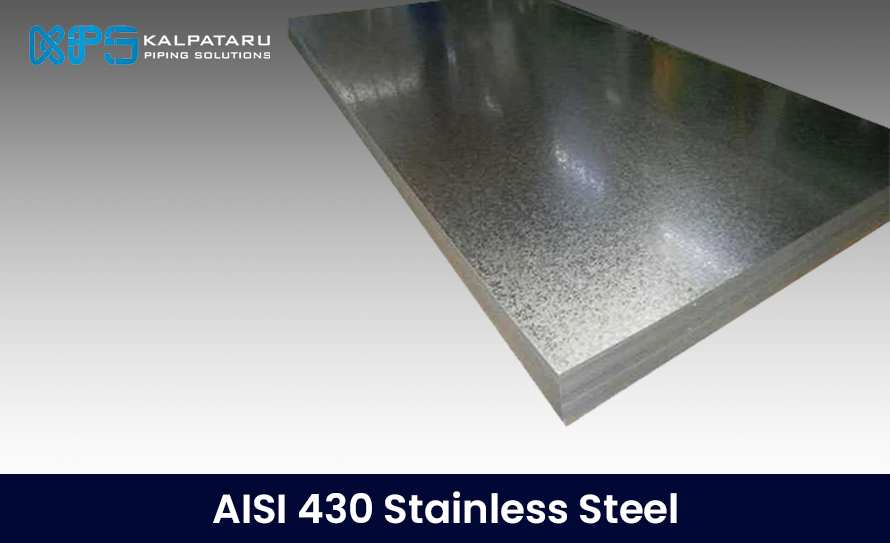SAE 1018 mild/low carbon steel is widely known for its excellent weldability, making it easy to fabricate. This steel is ideal for carburized parts because it can create a uniform and harder case. Its balanced combination of strength, toughness, and ductility makes it a top choice for various uses. In its hot-rolled form, SAE 1018 displays strong mechanical properties, making it suitable for a wide range of applications. Its enhanced machinability adds to its versatility, making it perfect for projects that require precision and detailed machining. Additionally, its high Brinell hardness ensures durability, making it ideal for situations where hardness is essential. Overall, SAE 1018 is a reliable and versatile option in the mild/low carbon steel category, offering a blend of qualities for different industrial needs.
Carbon steels, like SAE 1018, contain 0.12% to 2% carbon. As the carbon content increases, the steel becomes stronger and harder with heat treatment but loses some ductility. SAE 1018 is a popular free-machining grade and, although its mechanical properties are not extraordinary, it is easily formed, machined, welded, and fabricated, making it one of the most widely available carbon steels globally.
1018 steel composition
|
Chemical Composition |
||
|
Carbon |
C % |
0.150 0.200 |
|
Manganese |
Mn % |
0.600 0.900 |
|
Phosphorus |
P % |
0.030 max. |
|
Sulphur |
S % |
0.035 max. |
|
Boron |
B % |
0.0005 0.003 |
|
Chromium |
Cr % |
0.150 max. |
|
Copper |
Cu % |
0.200 max. |
|
Molybdenum |
Mo % |
0.060 max. |
|
Nickel |
Ni % |
0.200 max. |
|
Lead |
Pb % |
0.150 0.350 |
|
Iron |
Fe % |
Balance |
SAE 1018 Mechanical Properties
Properties |
Metric |
Imperial |
Tensile strength |
440 MPa |
63800 psi |
Yield strength |
370 MPa |
53700 psi |
Modulus of elasticity |
205 GPa |
29700 ksi |
Shear modulus (typical for steel) |
80 GPa |
11600 ksi |
Poisson’s ratio |
0.29 |
0.29 |
Elongation at break (in 50 mm) |
15% |
15% |
Hardness, Brinell |
126 |
126 |
Hardness, Knoop (converted from Brinell hardness) |
145 |
145 |
Hardness, Rockwell B (converted from Brinell hardness) |
71 |
71 |
Hardness, Vickers (converted from Brinell hardness) |
131 |
131 |
Machinability (based on AISI 1212 steel. as 100 machinability) |
70 |
70 |
SAE 1018 Chemical Properties
SAE 1018 is a low-carbon steel known for its balanced chemical composition, including around 0.6% to 0.9% manganese and small amounts of other elements. This mix makes it ideal for a range of automotive and machinery applications. When in its cold-drawn or “turned and polished” form, SAE 1018 offers better yield and tensile strength, as well as improved machinability compared to the hot-rolled or standard AISI 1010 steel.
The chemical properties of this steel give it excellent weldability, making it easy to connect using various welding techniques for strong joints. Its versatility makes it suitable for industrial applications, from construction vehicles to smaller parts like screws and nuts. With its reliable chemical composition, SAE 1018 is a solid choice for fabricating tools and equipment, ensuring strength and durability across a wide range of industries.
SAE 1018 Physical Properties
Properties |
Metric |
Imperial |
Density |
7.87 g/cm3 |
0.284 lb/in3 |
SAE 1018 Thermal Properties
Properties |
Metric |
Imperial |
Thermal conductivity |
51.9 W/mK |
360 BTU in/hr.ft2.°F |
SAE 1018 Forging Properties
Forging SAE 1018 carbon steel is carried out within a temperature range of 996°C to 1260°C (1825°F to 2300°F). This ensures the steel maintains its strength and flexibility during the shaping process.
SAE 1018 Stress Relieving
To relieve stress in AISI 1018 mild/low carbon steel, it is heated between 500°C and 700°C, followed by cooling in still air. This process helps in reducing internal stresses from machining or welding.
SAE 1018 Normalizing
For normalizing, AISI 1018 steel is heated to a temperature range of 890°C to 940°C and then cooled naturally in still air. This enhances its mechanical properties and refines its grain structure.
SAE 1018 Annealing
Complete annealing of SAE 1018 steel is done by heating it to 899°C (1650°F) and slowly cooling it in a furnace. For process annealing, the steel is heated to around 649°C (1200°F). This process softens the steel, improving its workability for further machining or forming.
SAE 1018 Density
Density |
7.87 g/cm3 |
0.284 lb/in3 |
Conclusion
SAE/AISI 1018 steel stands out due to its versatility and wide-ranging applications. Its balance of strength, formability, and ease of machining makes it ideal for use in industries such as automotive, machinery, and general fabrication. Whether it’s for manufacturing parts like gears, shafts, or simple hardware, SAE/AISI 1018 provides dependable performance.
This guide highlights the key aspects of SAE/AISI 1018 steel, showcasing its suitability for various industrial needs. Its combination of useful properties makes it a go-to material for both large-scale and everyday projects. For durability and workability, SAE/AISI 1018 is a trusted choice.
FAQs
What is SAE 1018 steel?
SAE 1018 is a low-carbon steel containing approximately 0.6% to 0.9% manganese, with minimal other elements. It is commonly used in automotive and machinery applications. Cold-drawn or polished SAE 1018 offers higher yield and tensile strength compared to hot-rolled or regular AISI 1010 steel.
What is the hardness of SAE 1018 in HRC?
SAE 1018 steel, when carburized, can achieve a typical surface hardness of up to HRC 58. It is highly weldable and often used for carburized parts due to its ability to produce a uniform and harder surface.
What is the composition of 1018 steel?
1018 steel contains approximately 0.18% carbon, 0.60-0.90% manganese, and small amounts of phosphorus (0.04% max) and sulfur (0.05% max), making it a low-carbon, versatile steel.




